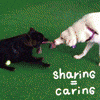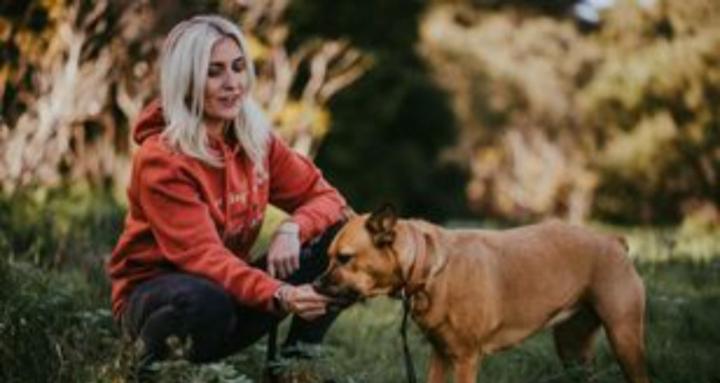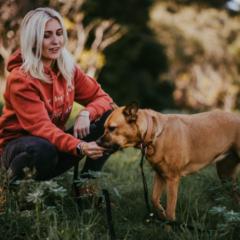
Write something
Resource Guarding - It's not about power.
https://www.canva.com/design/DAGmFAQX7_8/2yKlqitN2RsV7BM0zvZTlw/view?utm_content=DAGmFAQX7_8&utm_campaign=designshare&utm_medium=link2&utm_source=uniquelinks&utlId=hc490465f41
0
0
Resource Guarding Begins in the Brain — Not in Bad Behavior.
What if I told you… Resource guarding doesn’t start with the item — it starts with the fear of losing it. And that fear is wired deep in the brain. Guarding behaviors are rooted in the emotional centers of survival — the same systems that process threat, pain, and scarcity. It’s not about being “spoiled” or “dominant.” It’s about a dog who feels unsafe — afraid that something they need might disappear. You might see: Growling when approached near food or toys Freezing or hovering near high-value chews Hiding items, tensing up, or reacting to touch Guarding a person, a bed, or even a specific room These dogs aren’t being “difficult.” They’re responding to an internal alarm — shaped by early experience, genetics, deprivation, pain, or trauma. 📎 Inside the Multi-Dog Household guide, you’ll find: ✔ Why some dogs guard and others don’t ✔ Practical, science-backed strategies to reduce conflict ✔ Safe feeding, rest, and management set-ups ✔ How to help your dog feel safe enough to share — or walk away This post is here to help you unlearn the myths and understand the meaning behind the behavior. 📬 Drop your story or question below — and let’s look at it through a lens of safety, not control. https://www.canva.com/design/DAGmFAQX7_8/rzfajK9qTLqyw34vDbKUdA/view?utm_content=DAGmFAQX7_8&utm_campaign=designshare&utm_medium=link2&utm_source=uniquelinks&utlId=h529b84a671

1-2 of 2
powered by

skool.com/canine-conversations-5016
The Learning Hub: A safe place for guardians and trainers offering ethical, science-based support for canine aggression and behaviour.
Suggested communities
Powered by
